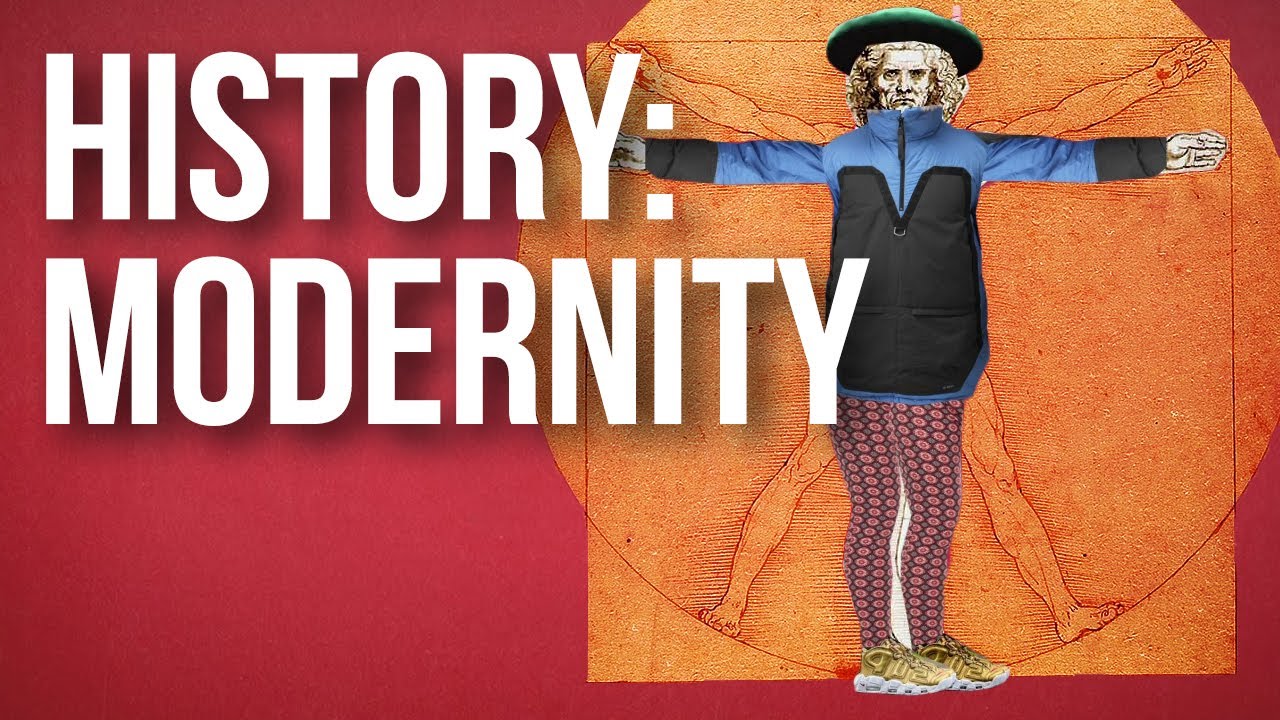Societies reveal much about themselves in what they choose to take pride in—what they consciously preserve from their past and from their environment. Societies also reveal much about themselves in what they exclude, as when history until recently passed over the underclasses in near-silence or neglected the role of women in national development.
Indeed, this lack of balance led to the fall of “Western civilization” courses in many universities in the West and reflected a sense of doubt about Western values. The suspicion that such courses had been systematically neglecting much that was significant undermined the very notion that to know history was, in some measure, to know oneself.
The renewed popularity of such courses, with their new balance between elite culture and popular culture—acknowledging those who prefer Tarzan to King Lear, comic books to opera, rock to Mozart, and are not necessarily the worse for it—is itself a historical development of the 1980s.
Three Americans—Walt Disney (1901-1966), Frank Sinatra (1915— ), and Elvis Presley (1935-1977)—may have done as much to shape modern society as, for example, Sigmund Freud or Adolf Hitler. Yet because the significance of popular culture is less clear and the impact more diffuse and democratic, the historian cannot yet be sure.
Leisure time spent watching a great worldwide professional sport such as soccer, or a more limited national sport such as baseball or cricket may shape history far more than leisure time spent listening to Beethoven and Bach, or attending the plays of Shaw and Ibsen, or examining the art of Rembrandt and da Vinci. Such matters cannot be measured. In a sense, their significance relative to each other cannot be known. Yet all are part of history, and to be uninformed about either elite or popular culture is to be isolated from the broad flow of historical reality.
Of all the major “modern” or industrial nations, the United States and Russia have been the most insulated against a comparative awareness of historical trends elsewhere. Yet the changes in both nations have been enormous in the last five decades, though they are more easily seen in the United States, the more open society. Syndication and wire services have turned once-parochial American newspapers into a national press; censorship and controlled news made Russian papers fully national rather than local, an equally significant role for the press.
In the United States, the old party system appeared to be in an advanced stage of dissolution by the 1980s, and few could predict what new coalitions would emerge, though it was most likely that they would appear under traditional labels.
In Russia, historians lacked the information to judge even the immediate significance of most events. By the 1980s the United States was experiencing an industrial slump much like that of Great Britain in the 1950s, for its productive equipment was not being replaced or remodeled rapidly enough, and America’s share of the world’s gross national product had fallen from 40 percent to 20 percent.
Religion in the United States—always stronger than virtually anywhere else in the modern West—was undergoing changes whose outcome was unpredictable, in which evangelical religion was acting as a safety valve for groups whose beliefs were threatened by vast upheavals in public opinion and in social mores and by a highly mobile population.
By the 1990s life was more uniform for much of human society, and the individual was subject to more laws than ever before. However, it seemed less certain that the world could be improved simply by finding out what was wrong with it and then taking steps to put it right, for there were deep disagreements over the ills as well as the remedies.
Each effort to achieve security seemed, to many commentators, to increase insecurity. The arms race, the ability of the United States and Russia to inflict untold damage on each other in a nuclear war, and the proliferation of conventional weapons around the world perhaps helped promote a sense of stalemate between the two great powers so that each was deeply reluctant to attack the other, but smaller states did not hesitate to resort to war.
Deeply held religious beliefs, whether in a resurgent Islam or an evangelical Christianity, gave their adherents a sense of cohesion and a faith in the future but also contributed to increased tensions between nations, ethnic groups, and sects.

